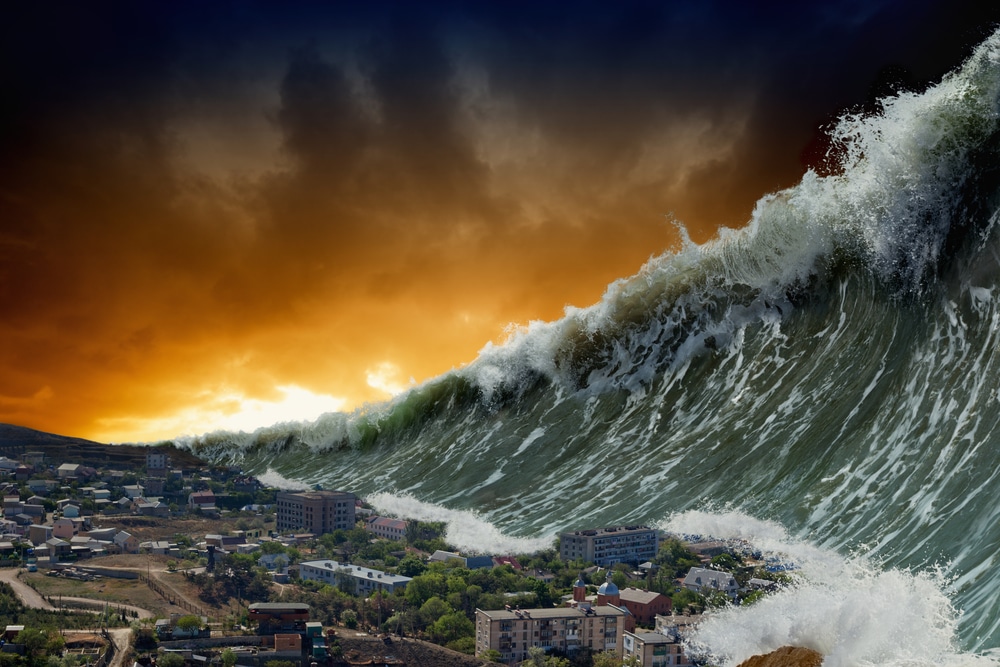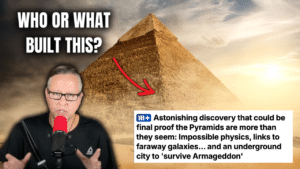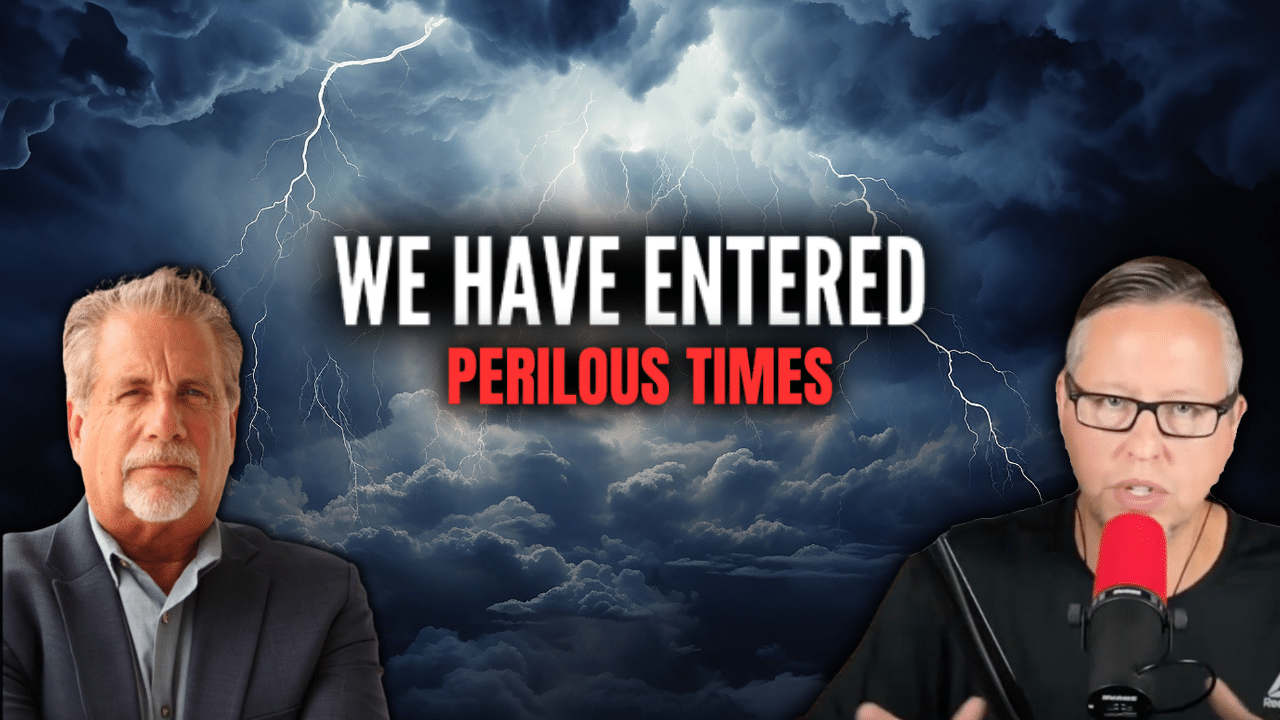(OPINION) Hundreds and hundreds of earthquakes are shaking an area off the coast of Washington state. So is this an indication of potential trouble for the Cascadia Subduction Zone? At this point, there is so much that we don’t know. Scientists are telling us that the quakes are centered around a large underwater volcano.
The underwater volcano does not pose a threat at all, but if an enormous earthquake along the Cascadia Subduction Zone were to trigger a giant tsunami that slams into the west coast, that would be a historic disaster of epic proportions.
The frequency of the earthquakes that we are witnessing off the coast of Washington is extremely alarming. It is being reported that earlier this month there were “as many as 200 in a single hour”…
Scientists have detected a ‘great swarm’ of earthquakes off the coast of Washington clocking as many as 200 in a single hour during one day.
That is a lot of quakes! According to one of the experts that has been monitoring this area, there were over 2,000 earthquakes in a single day…
“It’s about 10 times as active as it normally is,” said Jesse Hutchinson, a junior staff scientist with ONC, an ocean observation facility based at the University of Victoria.
He said more than 2,000 earthquakes had been detected in one day. Why haven’t we heard more about this?
If I were living on the West Coast, I would definitely want this to be in the news. We are being told that this “great swarm” of earthquakes potentially means that a “magmatic rupture” is imminent…
The ‘great swarm’ of earthquakes followed multiple days of increasingly frequent quakes, according to Ocean Networks Canada (ONC), which is collecting the data for researchers to study.
The spike indicated a possible ‘impending magmatic rupture,’ the research group reported. A magmatic rupture, which occurs when the Earth’s crust splits open for some reason and spills molten rock out, is a natural phenomena that can form new ocean floor, according to Zoe Krauss, a marine seismology PhD candidate at the University of Washington.
A “magmatic rupture” would not be a problem. But what happens if this area continues to shake violently and eventually an extremely large earthquake is triggered along the Cascadia Subduction Zone?
As Popular Mechanics has accurately observed, that would create the sort of disaster that very few people would want to see… In this case, there are two opposing forces: the North American Plate, an enormous tectonic plate that carries the entire continental United States on its back, versus the 90,000-square-mile Juan de Fuca Plate, located in the ocean off Washington, Oregon, and Northern California.
For the past 200 million years, these two have been squaring off in an epic wrestling match in an area known as the Cascadia Subduction Zone, or CSZ. Trust us, nobody wants to see the end of this round.
Yet only a few people seem truly bothered: seismologists, emergency management professionals, and those who have experienced earthquakes before.
It’s certain that the Northwest will experience a devastating earthquake again, says Chris Goldfinger, an oceanographer at Oregon State University and one of the world’s leading experts on subduction zone earthquakes.
“We have no idea of the timing and how urgent it is,” Goldfinger tells Pop Mech. “People tend to ignore it in that case.” The majority of the public, as well as most governments in the Northwest, aren’t yet pushing to implement the extensive infrastructure changes and early-warning communications systems needed to save tens of thousands of lives. (READ MORE)








